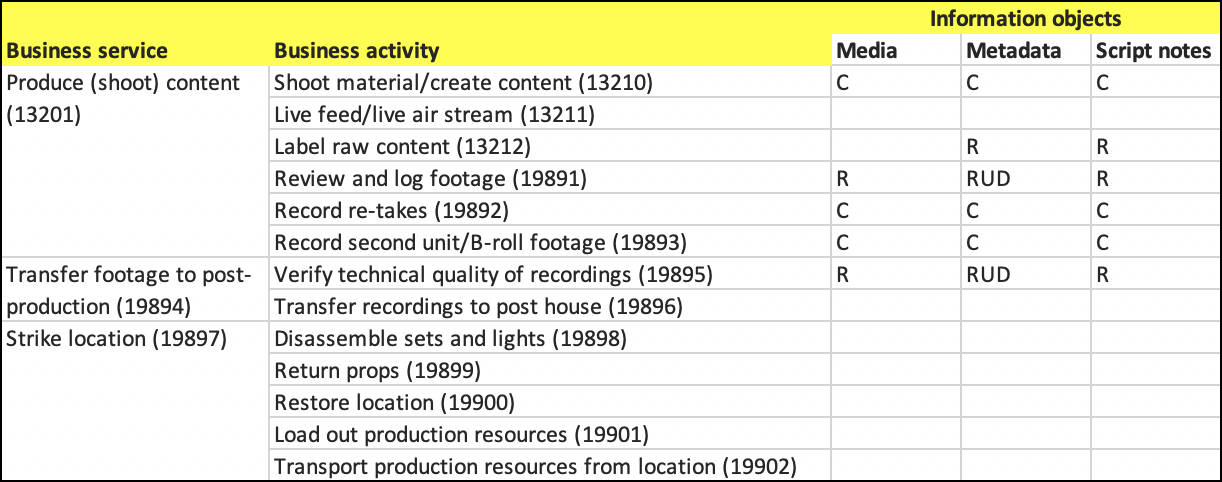Reference enterprise architecture checklist
What should a basic reference architecture contain?
These are the artefacts I use when doing a reference architecture for larger organisation.
Level 1 and level 2 processes
Key business objects
Key business metrics
Information components / groups
Key actors
Critical business use-cases
Main applications
Business critical integrations
Main stakeholders
High-level organisation chart
Constraints
The purpose of the reference architecture is to be a long term guide for development and/or transformation in a business unit or on a higher level. It must fit the future business model and include both business and IT-aspects.
From these part, you can compose a number of views for different purposes and stakeholders.




